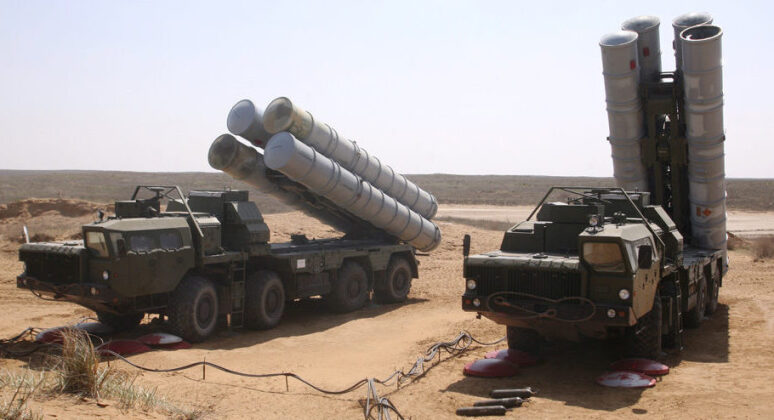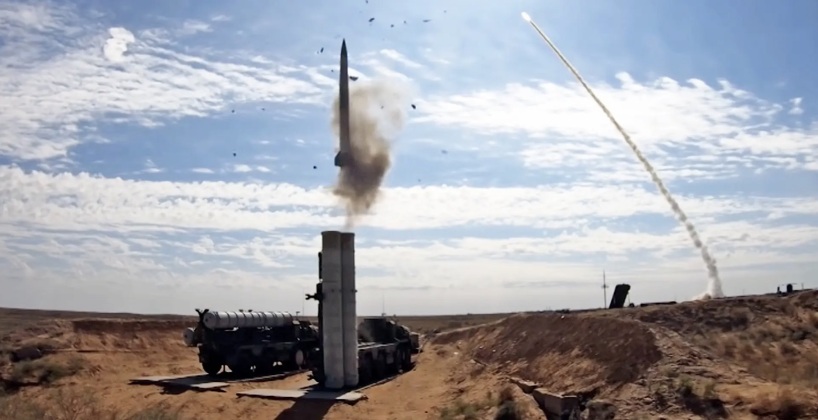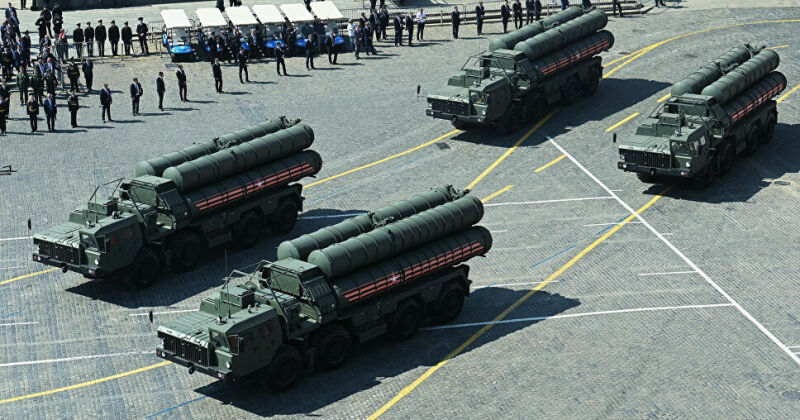News
A Game Changer For Russia: How The S-300PMU Series Revolutionised Air Defence from the 1990s

The S-300 has emerged in the 21st century as perhaps of the most prominent and widely recognisable air defence system in the world, and is operated both in multiple branches of the Russian Military and by a range of foreign clients from China and Vietnam to Algeria and Iran. Notable combat deployments have included those by the Ukrainian Military from February 2022 against Russian forces, as well as limited use in the Nagaro-Karabakh War where the systems were fielded by both Armenia and Azerbaijan. The system’s advanced capabilities have often made its sales a matter of considerable political significance, and at times controversy, ranging from a Russian sale to Iran in the 2000s which was cancelled by Moscow under Western pressure, or the sale of the S-400, an enhanced and renamed S-300 variant, to NATO member Turkey in 2016. Although the S-300 system has been in service for 44 years since 1979, it was only in the 1990s when its capabilities began to revolutionise Russian air defences and the defences of the country’s many clients which acquired the systems. A look at how the S-300P family of air defence systems saw its capabilities radically improved with the beginning of the S-300PMU series, which began to enter service from 1992, provides important insight into the air defence platform’s evolution and how it gained such a significant position in Russia’s defence.
S-300s in the 1980s had entered service as medium ranged air defence systems, replacing the ageing S-75 from the 1950s and pairing an advanced anti missile and anti aircraft capability with very high mobility and the ability to quickly relocate after firing. Long range air defence duties were at the time the responsibility of the S-200 system, which had an unrivalled 300km engagement range and could intercept all manner of targets up to and including ballistic missiles at low hypersonic speeds. The S-300P by contrast had a 70km range, while its successor the S-300PM/PS which entered service in 1985 extended this to 90km and improved precision. This changed drastically with the induction of the S-300PMU-1 into service in 1992, with it and its successors receiving an entirely new designation, SA-20, where the S-300P/PS series had been designated SA-10, to reflect the fundamentally new capabilities introduced. The system introduced a long range capability with its 48N6 missiles having a 195km engagement range and Mach 5.8 speed. Although its missiles were shorter ranged and slower than those of the S-200, they were less than a quarter of the size which allowed them to be transported on mobile launch vehicles where S-200s had been relegated to fixed sites. The result was a revolutionary increase to survivability for Russia’s long range air defence systems.

While it had more than double the engagement range of the previous generation of S-300s, the PMU series also introduced for the first time in the world the ability to deploy multiple complementary missile types simultaneously – providing a multi layered defence within a single unit. The system’s sensors were also revolutionised to facilitate engagements at long ranges, and paired this with an unprecedented degree of compactness and mobility. The capabilities of the S-300PMU-1 not only facilitated major exports, most notably to China, but also allowed Russia to phase out its S-200 units while creating a long range network that would be far more difficult to take out. As Russia’s air defence network rapidly contracted following the Soviet collapse, albeit not as drastically as the Air Force or most other areas of the armed forces, the ability of a single system to provide three layers of air defence was greatly appreciated. The S-300PMU-1 was succeeded in 1997 by the S-300PMU-2, which introduced the ability to engage intermediate-range ballistic missiles and saw significant improvements to its command post, missile storage, maintenance suite, radar and electronic warfare systems. Individual firing units gained more autonomy, and the system could engage more targets simultaneously.

The S-300PMU-2 ultimately paved the way for development of the S-300PMU-3, later renamed the S-400, which entered service in 2007 after considerable delays but was produced in much larger numbers than its two predecessors combined. New capabilities included a 250km engagement range, later extended to 400km, as well as the ability to intercept hypersonic missiles at speeds exceeding Mach 8, higher mobility and the ability to engage more targets simultaneously and guide up to 160 missiles at once. The S-400’s signature capability, however, was its use of multiple radars in different wavebands providing a very long 600km detection range against larger aircraft and a detection range of close to 100km against fighter sized stealth targets from the fifth generation. Post-Soviet S-300 variants, including the renamed S-400, had capabilities unrecognisable from the Soviet era medium range S-300P/PS/PT systems, and could operate in a much wider range of roles. As the Air Force rapidly contracted in the 1990s, and modernisation slowed with promising fifth generation fighter programs cancelled, the S-300PMU-1, PMU-2 and S-400 ensured that mobile ground-based systems would be relied on far more heavily by post-Soviet Russia than they had been in the Soviet era, providing a means of defending national airspace that was seen as far more cost effective.












